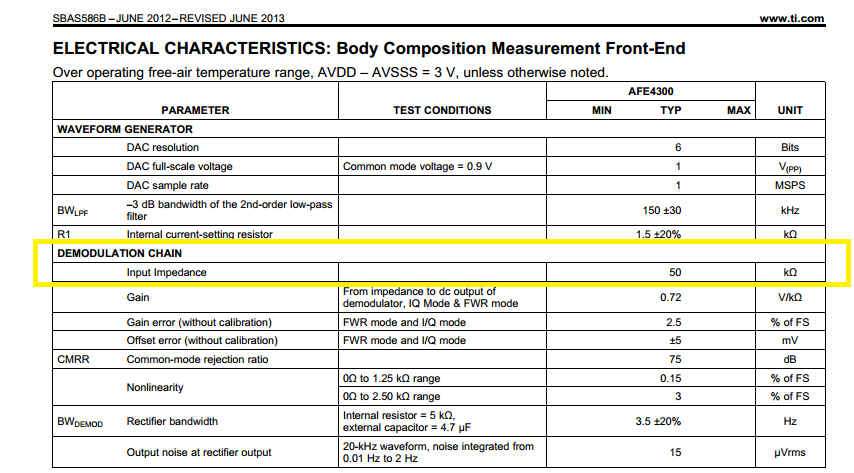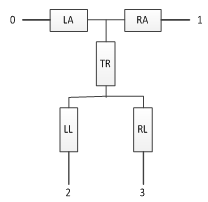Dear sir,
We design 20kHz and 100kHz excitation frequency of current to measure human body's trunk impedance. And found that impedance in 20kHz is small than impedance in 100kHz. It is not match the theory.
Have you ever found this phenomenon? The following is the current injecting enterclose and voltage measuring enterclose
The current inject from left hand to left leg
The voltage measure from right hand to right leg
Is it possible that the input imppedance of AFE4300 is not big enough? The following picture show that input impedance is 50k.
Is there any solution to fix this issue or increase the chip's input impedance.
Thank you!
Lin
lin.zhou@lifesense.com



